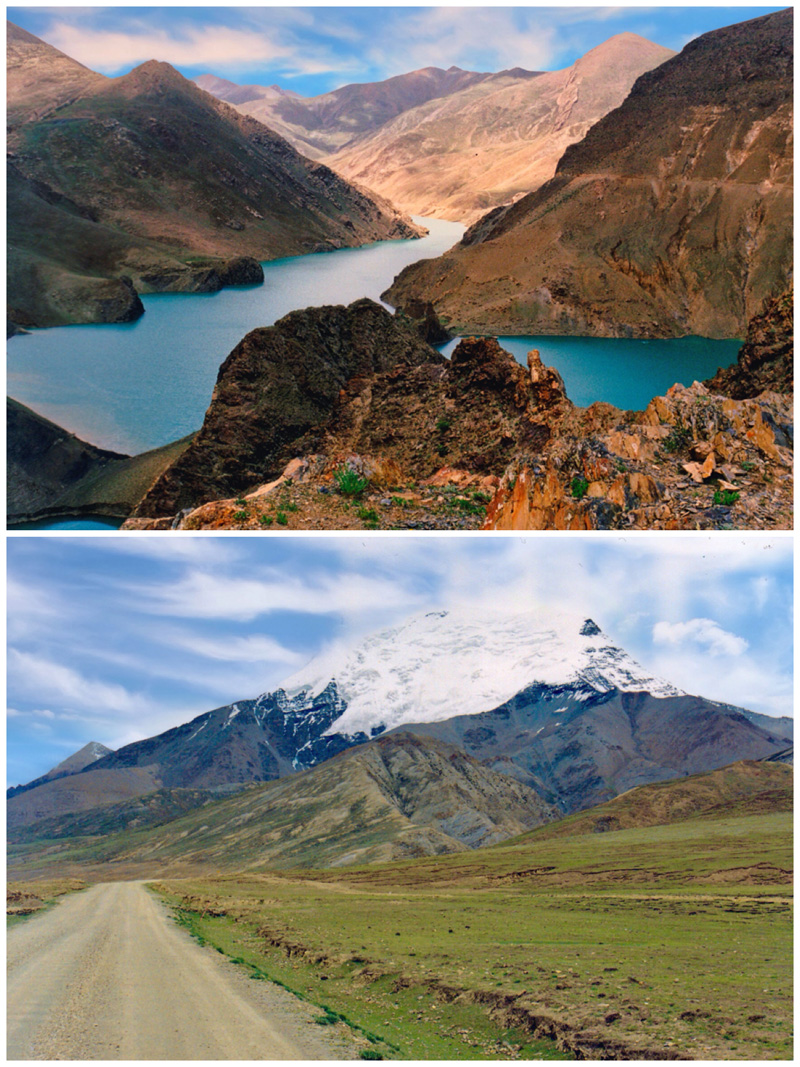Following Tibet's Southern Friendship Highway
Updated: 2018-12-14 By Bruce Connolly
 Print
Print





Dramatic scenery above Gyangze. Mount Nojin Kangstan 2000. [Photo by Bruce Connolly/chinadaily.com.cn]
To me it seemed to have retained the feel of a small town. Lying astride historic trade routes with Lhasa, much of the older town, partly surrounded by a three-kilometer-long wall, showed little modernity. Over many centuries yak caravans carried bags of wool and sheepskins from northern parts of Tibet to Gyangze for onward transfer south beyond the Himalayas. Looking closely, you could still see Nepalese influence in the architecture.
Palcho Monastery sits below a rocky ridge partly enclosing the town. Established in 1427, combining pagodas and temples, it nestles within a sprawling courtyard. Entering the Three Buddha Hall, I came upon several intricate sand paintings spread across the floor. Looking at the detail I thought of the time and skill involved in creating such artworks. Passing through a main hall lit by flickering butter lamps, an aroma of incense created an almost soporific atmosphere. Monks sat on carpeted benches chanting, banging cymbals while reciting sutras. A colorful drum rested on an equally colorful stand. Passing a room holding racks of books more than 500 years old, I climbed wooden stairs leading up to the roof, which revealed a fabulous sight.
Across from me rose one of Tibet's most magnificent and well-preserved architectural treasures, the Gyangze Kumbum or Palace of One Hundred Thousand Images. It's a multi-storied, gilded chorten or stupa, built in a Newari style, similar to one constructed in Kathmandu. Commissioned in 1427, it rises over four symmetrical floors topped by a gilded tower with its four sets of all-seeing eyes gazing out over the cardinal compass points. Climbing through different levels of the structure, I emerged to discover a stunning view of the surrounding area. I was also fascinated watching and listening to local workers restoring a rooftop, singing in unison.








